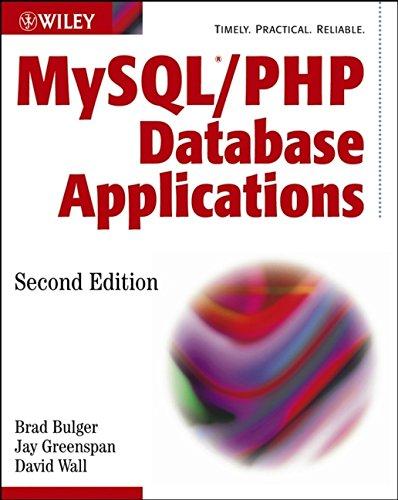Answered step by step
Verified Expert Solution
Question
1 Approved Answer
Using data from below, submit an Excel document with data from three different variables. Make sure that all variables have usable data. In a separate
Using data from below, submit an Excel document with data from three different variables. Make sure that all variables have usable data. In a separate Word document, write a paragraph explanation about what the data could tell you.
SDA is a set of programs for the documentation and Webbased analysis of survey data. SDA was developed, distributed and supported by the Computerassisted Survey Methods Program CSM at the University of California, Berkeley until the end of Beginning in CSM is managed and supported by the Institute for Scientific Analysis, a private, nonprofit organization, under an exclusive continuing license agreement with the University of California. CSM also develops the CASES software package. To see how it all works, testdrive SDA at our demonstration SDA Archive. Browse the documentation for a survey and get fast data analysis results. The SDA Archive includes several datasets, including the General Social Survey GSS the American National Election Study ANES and the Survey of Consumer Finances SCF You can also look at some other archives that use SDA software. For information on obtaining SDA software and services, see the SDA Software and Services page. For video tutorials on using the SDA user interface see the SDA YouTube Channel. SDA Features Documentation: Codebooks: SDA can produce both HTML and printformat codebooks. The documentation for each study contains a full description of each variable, indexes to the variables, and links to studylevel information. DDI Data Documentation Initiative compatibility: SDA programs can produce DDIformat metadata from SDA datasets and from other metadata formats. SDA also provides an online utility that converts DDI metadata to SDA's own metadata format DDL Analysis: Various analysis types are available: frequencies and crosstabulation, comparison of means, correlation matrix, comparison of correlations, multiple regression, logitprobit regression. Fast results: SDA was designed to produce analysis results very quickly within seconds even for large datasets with millions of cases and thousands of variables. Although many of our users assume we are using some sort of super computer to achieve these speeds, the secret lies solely in the method of storing the data and the design of the programs. The SDA Archive on our site runs on a lowcost Intel Linux server although SDA can also be run on Windows. Creation of new variables with recode and compute procedures: SDA includes procedures to create new variables based on the content of existing variables through recode or compute specifications. Complex standard errors: Data collected from stratified andor cluster samples require special procedures to calculate standard errors and confidence intervals. SDA uses those special procedures for percentages, means, differences between means, and regression coefficients. Charts: SDA produces various chart types: bar charts, stacked bar charts, line charts and pie charts. Disclosure specifications for confidentiality: The analysis programs can be configured to suppress output that may compromise the confidentiality of survey respondents. The analysis programs will all read a disclosure configuration file if one has been created for a study and will enforce the specifications in that file. Other Capabilities: Subsetting: Users can generate and download a customized subset of an SDA dataset. In addition to generating a data file, the subset procedure produces a codebook for the subset and data definitions for SAS, SPSS Stata and DDI. The subset can include both the original dataset variables and new variables created with recode or compute. Searching: SDA provides searching both within a single study at the variable level and across studies at both the variable and study level SDA Manager: For managers of an SDA archive, the SDA software package includes an SDA Manager webapp. The SDA Manager consolidates all of the management functions for an SDA archive into one web interface. Using this web app the manager of an SDA archive can: Import SPSS sav files, Stata dta files, CSV files and TSV files and automatically convert them into SDA datasets. Create and configure personal user workspaces. These user workspaces enable analysts to create and store recoded and computed variables in their own private storage areas. For groups such as college classes the leader or instructor can make their created variables accessible to the group to use in their own analysis projects. Configure datasetlevel access control specifying which users can access which datasets. Generate reports on usage of the datasets in the archive. Troubleshoot problems.
Step by Step Solution
There are 3 Steps involved in it
Step: 1

Get Instant Access to Expert-Tailored Solutions
See step-by-step solutions with expert insights and AI powered tools for academic success
Step: 2

Step: 3

Ace Your Homework with AI
Get the answers you need in no time with our AI-driven, step-by-step assistance
Get Started


